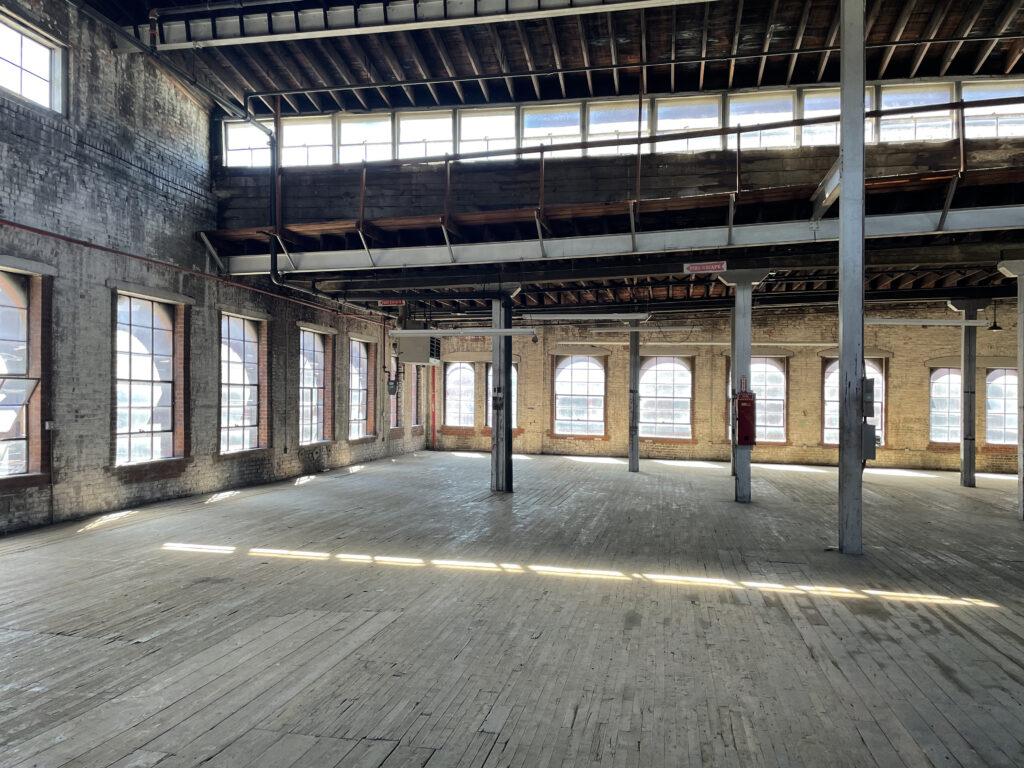Having recently spent time in D.C. with industry professionals, academic experts and leaders focused on visioning the Smart City of tomorrow, Dominique and the DRAW team are more inspired and motivated than ever about the potential these technologies embody for solving critical problems our cities face. The benefits of using data to improve performance are substantial when applied to our streets, our buildings and the infrastructure that binds everything together. Aside from reduced resource usage, the power of technology to improve social equity is also intriguing.
Consider the impact of understanding air quality in different areas of the city, for example. Using data to understand pollution levels, a design team could then model the predicted positive changes of planting more street trees in these areas, or decide that a school or community garden is not the right use for these areas until the health risks are better mitigated and understood.
Data related to water usage can also drive design improvements. Consider sensors in our water supply, with live data sent to your tablet or smart phone regarding the quality of your drinking water. If this technology would have been available to the residents of Flint, Michigan, they could have proactively avoided the tragic outcomes of their toxic water supply. Smart technology could also allow for better usage information to be shared, allowing for benchmarking of water savings efforts, understanding where leaks in the systems are occurring and building awareness around more efficient usage.
There are many ways that a smarter city Infrastructure could streamline the development process, while providing more transparency around environmental impacts to communities. Consider the implications if parking requirements for a project could be tied to the actual availability of parking for a walking radius from a proposed project, taking into account the availability of transportation and tendencies of local inhabitants? Data relating to incoming trends like autonomous cars and shared-ownership vehicles will also impact the required parking load. Responding to realtime data around parking will become key to the creation of vibrant urban places that balance density of experience and ease of use. Right-sizing parking requirements, will save project costs for developers, sparking additional development.
The future of urban design and architecture is promising–but we must embrace the opportunity that Smart City technology offers and engage as a profession to help shape community focused and participatory processes to apply this technology, so that the benefits ultimately are equitable and sustainable.




